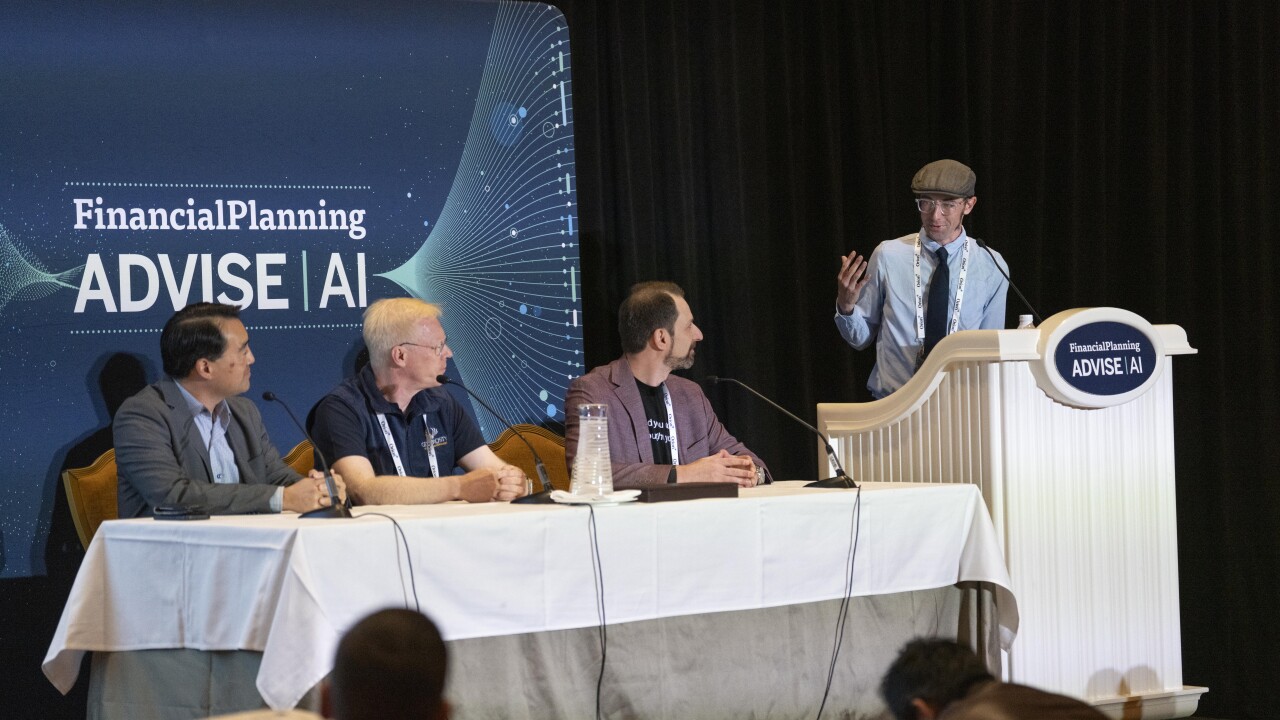Do your clients remember how the stock market began the year? They probably do as it was an emotionally charged 12% decline.
What most people remember depends on the emotions surrounding an event, so the start of 2016 will be remembered for some time. February produced another big decline and, of course, the Brexit surprise led to another one in June.
It seemed the 2016 market was star-crossed, with a cumulative 23% decline across these three events.
But in each case the market recovered within weeks and 2016 is now on track to produce a return close to the historical average of 10% to 11%. In this regard, 2016 is
a typical year in the market, experiencing highly emotional declines but ultimately producing positive and frequently double digit returns.
Even though we all know market fluctuations are a normal part of equity investing, large market declines are frightening to most investors because they happen rapidly and randomly. What investors lose sight of is that equity market annual returns have been mostly positive, despite significant market declines in each year.

The average intrayear pullback in the S&P 500 since 1980 has been roughly 14%, a little less since 2009. Despite this 14% intrayear decline, the S&P 500 has closed positive in 28 out of 36 years-- 78% of the years in this period -- producing an 11% annual compound return.
Examining market peaks and bottoms over a longer time horizon (January 1928 through September 2015), shows that after declines of up to 20% from previous peaks, a new market high is reached within less than 12 months a remarkable 99% of the time.

For the typical investor, emotional behavior can often lead to panic selling during market declines. Inevitably, many investors sold during the declines and missed out on the upside as the market recovered.
Once an investor believes they are heading for a financial crisis, they look for evidence in the form of media coverage, expert commentary, and trusted relations to confirm their belief and they ignore any rationalizing contradictory evidence.
Clients may be less anxious if they know their portfolios include funds built for stability.
As humans, we have a natural aversion to loss. In fact, it feels twice as bad for us to lose as the equivalent gain, according to economist Daniel Kahneman, author of the bestseller Thinking, Fast and Slow. During a market decline, loss aversion is inevitable and distressing. If asked, many investors would say that 2016 has not been a good year to be in the stock market due to the ugly start and the Brexit market reaction. We will remember these doubly painful declines but not the attractive year to date return.
Another deeply rooted behavior that gets triggered is herding. Our instincts make it difficult for us to do something different than what we perceive the majority is doing. The initial 2016 decline in the U.S. stock market was a reaction to a sizable fall in the Chinese stock market. While China is important to the U.S. economy, it is not so important to trigger a large market decline. But did the Chinese know something investors in the U.S. did not? With this thinking process, the herding reaction was set in motion.
Remembering and reminding an investor that the market will set a new high within a year 99% of the time helps to soothe the immediate pain of a market pullback.
To make matters worse, an investor’s personal history of negative events influences behavior. The tech bubble, the financial crisis, oil price declines or other personal recollections of financial loss can lead to another investor misbehavior, confirmation bias.
Once an investor believes they are heading for a financial crisis, they look for evidence in the form of media coverage, expert commentary, and trusted relations to confirm their belief and they ignore any rationalizing contradictory evidence.Together, these natural cognitive biases present an often distorted view of reality. In these trying moments, a common emotional response is to simply get out of the market until things calm down.
EASE THE PAIN
How can an adviser help clients through market declines? One way is to learn, teach and encourage what Kahneman refers to as “System 2” thinking. While “System 1” thinking is automatically engaged to get out of danger quickly, System 2 marshals logic, perspective and higher forms of cognition in order to come to a more optimal decision. In this case, remembering and reminding an investor that the market will set a new high within a year 99% of the time helps to soothe the immediate pain of a market pullback.
Creating an investment plan and explaining it to clients also helps to establish a disciplined process that is easier to follow when tough times hit. Like many other areas in life, planning beforehand can lead to better results during hardship.
For example, a plan that separates the portfolio to address short-term and long-term needs helps reduce an investor’s fear of near-term loss. Using stocks to fund their long-term portfolio helps to absorb market declines given there should be more time to grow the portfolio.
Variables such as asset allocation and investment selection determine the success of an investment plan but overall, emotions are the most important determinant of long horizon wealth. Avoiding an emotional response to market declines is an important step in successfully growing wealth.






